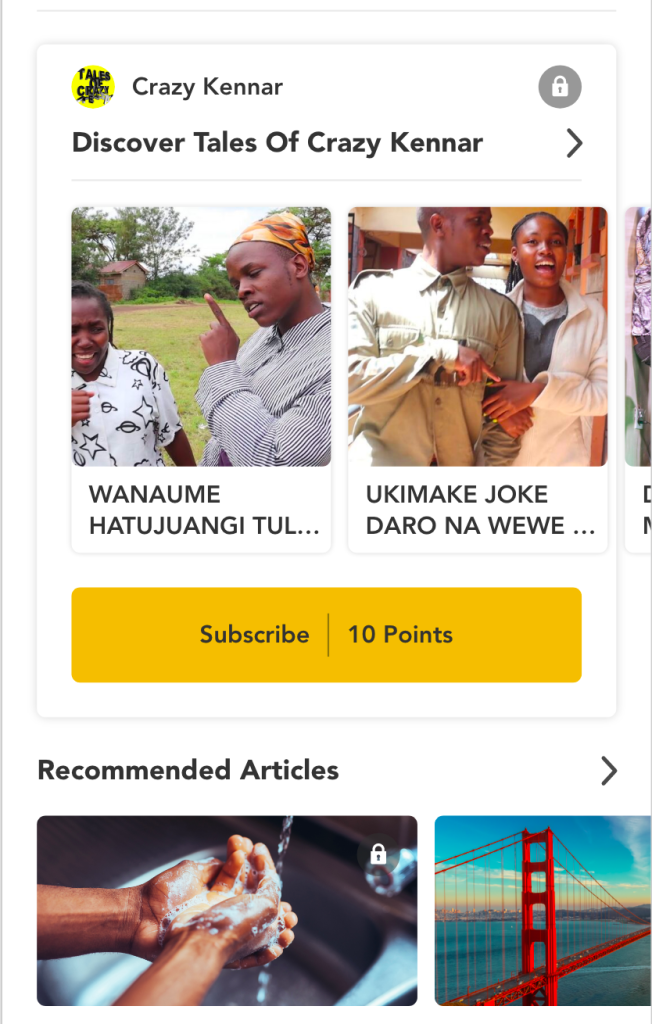
How Creatives in Mathare are Monetizing their Art on Moja
Beneath its ruggedly harsh exterior, Mathare Valley boasts a vibrant and creative pool of young talent. Using basic tools like smartphones, these dancers, musicians, actors and comedians create and post content on social media hoping to become famous. They understand that with fame comes an opportunity to earn more money and a bigger platform to raise their community’s voice in a society that has long neglected it and a real opportunity to rise out of poverty.
Unfortunately, local content creation is poorly monetized making it hard for creatives to make lots of high value and relevant content. Once they create it, they generally monetize through affiliate marketing, Google Adsense, and sponsorships. The first two options require some form of bank facility, either wire transfer or credit card details to disburse earnings. A significant portion of the Kenyan population is unbanked leaving many content creators unable to leverage content monetization on popular platforms such as Youtube, Tidal and iTunes and even then, they would need thousands of subscribers to make any kind of real earnings. The same goes for Sponsorships where a content creator’s value is based on their reach. Lack of money in the pockets of Kenyan consumers so they cannot or will not pay for premium and paywalled content is another obvious barrier to monetization.
Moja WiFi’s approach to Content Monetization
Moja WiFi provides affordable internet and content to people in low-income areas. Working with five local content creators to develop exclusive content for Moja, we are leveraging Moja’s existing user base in Mathare to create a sustainable web monetization model that truly benefits local content creators. We do this in partnership with Grant For The Web and through our existing premium content model. Moja users earn Moja points by performing digital engagements on the Moja platform and can then use these points to pay for the premium content they want to see. The content creator receives payment in XRP to their crypto wallets, which they learned about and created during their Web Monetization training. The content creator is free to either hold the XRP as a store of value in itself which may appreciate, or cash out with MPESA.
Over a 3 month pilot period, we hope to prove:
- Low-income Kenyans are willing to “pay” for creative content when given a mechanism to do so that doesn’t break the bank.
- There is real earning potential for local content creators through web Monetization.
- When content creators realize the earning potential of web monetization, they will become digital activists for the same, encouraging other artists to create and earn online.
We want to engage with more creatives to put their art on our network and continue commercializing the Moja network so we can offer more monetary rewards to content creators. For every hundred Moja points a creative is awarded by Moja users, they will earn 160 Kshs.
We are encouraging all organizations interested in engaging with young Kenyans to think creatively about leveraging the Moja platform: advocacy and awareness campaigns; short polls and long surveys; and brand awareness. These kinds of commercial engagements with organizations and brands help us offer more monetization opportunities for the creatives on our platform.



 BRCK started
BRCK started 
